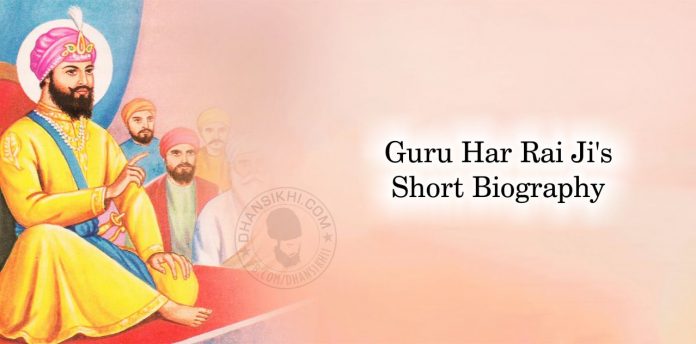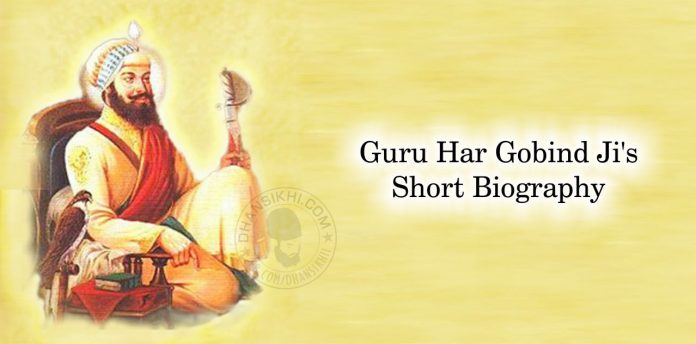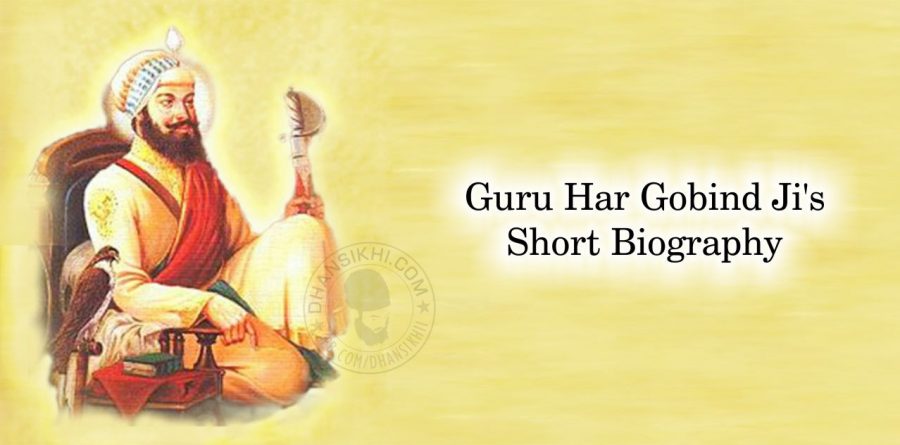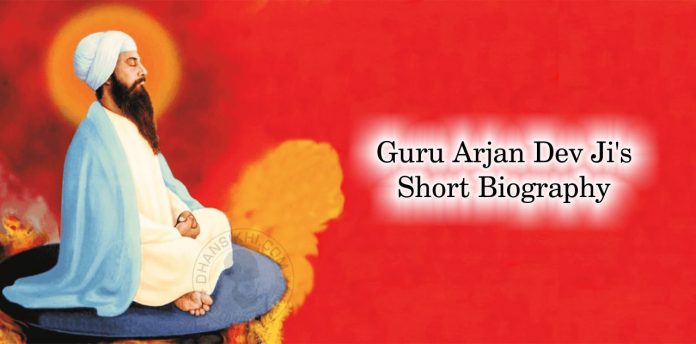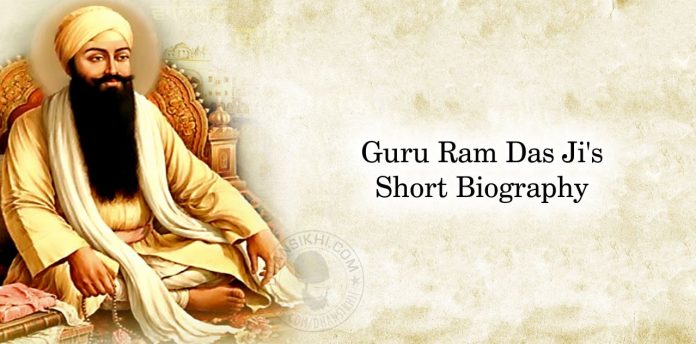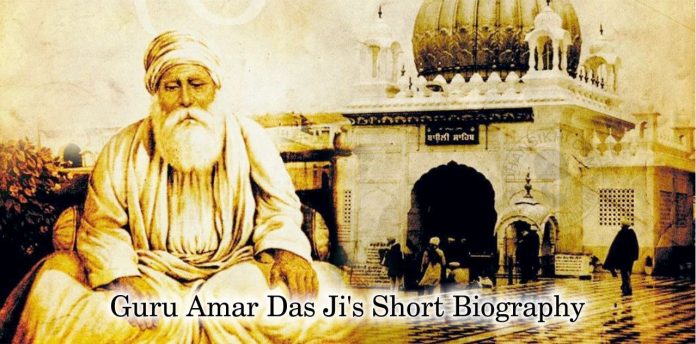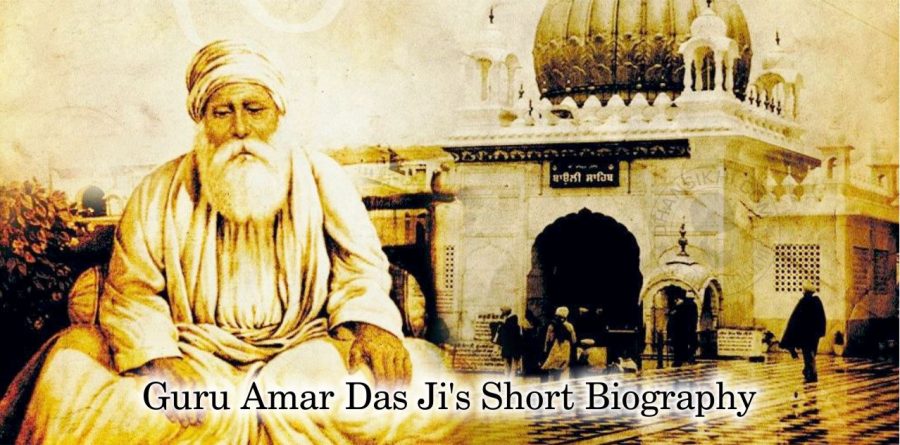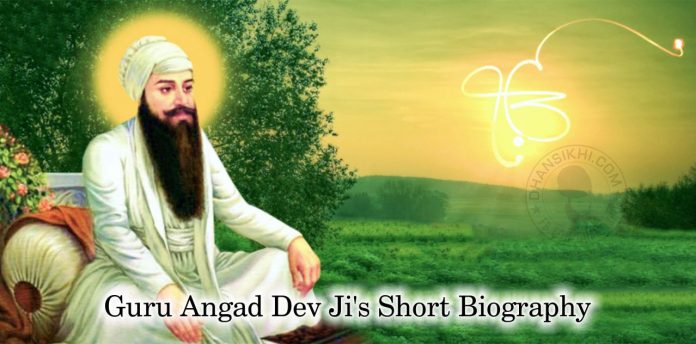Guru Har Rai Ji’s Short Biography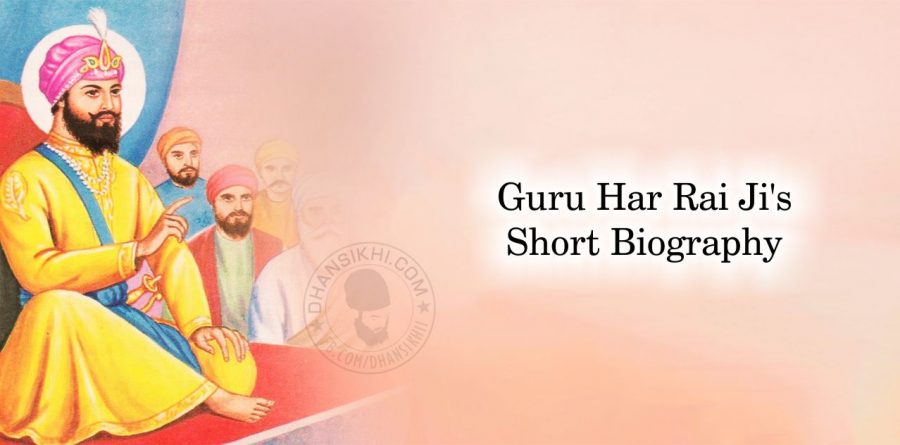
Guru Har Rai Ji was 14 years old when he became the seventh body to contain the divine light of Guru Nanak Dev Ji. Like his grandfather Guru Hargobind Ji, Guru Ji maintained an army of 2200 soldiers, however Shah Jahan the Moghul Emperor had realised that destroying the Sikhs was no easy task after having lost 4 battles against Guru Hargobind Ji.
Guru Ji was a great humanitarian and during his time established a free hospital at Kiratpur, where he kept popular and rare plants for use in herbal medicines. Once Dara Sikoh, the son of Emperor Shah Jahan, fell seriously ill, Guru Har Rai Ji was requested for some rare medicines which cured the Emperor’s son. Also at this time there had been a drought in Panjab for 3 years, there was a great food and water shortage. The famine stricken people flocked to Guru Ji’s Kitchen, the free langar saved many needy and weak people during this hardship.
Shah Jehan’s son Aurangzeb was a viscious man, and realised his father would never crown him as the next Emperor, so he waged war against his brothers and imprisoned his father in a small dark room. After the death of Shah Jahan (1657), Dara Sikoh requested Guru Har Rai Ji for help in the war of succession, however Guru Ji didn’t want to take sides, Aurangzeb won and was unhappy at the growth and popularity of the Sikhs and summoned Guru Har Rai Ji on trumped up charges of aiding his brother Dara, and also to answer charges of derogatory remarks in the Sikh Scriptures against Islam. Guru Ji deputised his son Ram Rai to Delhi to sort out the matter.
Ram Rai however changed Guru Nanak Dev Ji’s hymn to please Aurangzeb and also put on a display of miracles and occult powers to prove his spiritual worth. Guru Har Rai Ji on learning of this disowned his son and said:
“The Guruship is like tiger’s milk, which can only be contained in a golden cup,
Only he who is ready to devote his life to it is worthy of it .”
Guru Har Rai Ji therefore nominated his younger son Guru Har Krishan Ji as the next Guru.
Guru Ji in his sermons always stressed;
Self-discipline and restraint, he stated ;
(a) “You can repair or rebuild a temple or a mosque but not a broken heart.”
(b) “Man with one hand breaks flowers and with the other offers them, but the flower perfumes both hands alike. Although the axe cuts the sandal tree, the sandal perfumes the axe, Thus my Sikhs always return good for evil.”
Also love of man and nature as manifestations of God.
Guru Ji preferred peace and quiet and enjoyed the company of his Sikhs. On one day Guru Ji was full of love and sat all night in one position, Guru Ji missed the evening sadh-sangat and the Sikhs asked him why he had sat as though his feet had chains on them. Guru Ji replied;
“O Sikhs , Bhai Gonda Ji of Kabul (hundreds of miles away) was meditating on Waheguru Ji and in his samadhi (trance) he fell at my feet and clasped on to them like a child. So how could the Guru rise until the disciple rose out of his trance of love ?. I pine for my disciples more than they pine for me. I am pulled by the strings of love”.
Waheguru Ji Ka Khalsa Waheguru Ji Ki Fateh
– Bhull Chukk Baksh Deni Ji –


